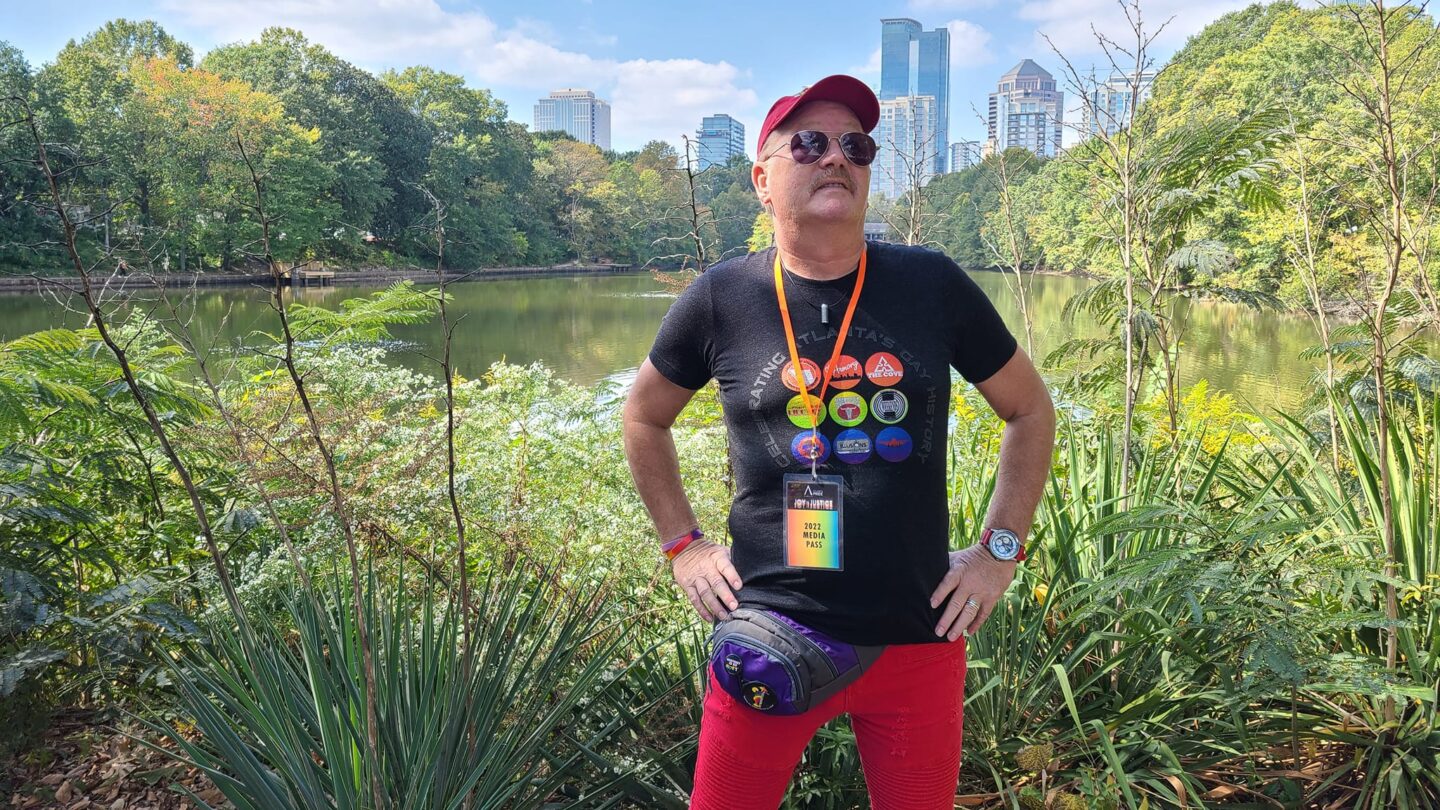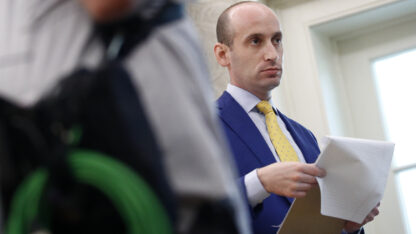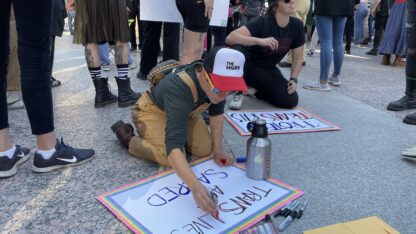'Gay Barchives' documents historic gay bars as LGBTQ+ safe havens throughout the U.S.

In Atlanta, we take pride in the number of gay bars around the city. More than 300 LGBTQ+ bars have played a memorable role in Atlanta’s gay community, past and present. During the pandemic, Art Smith, who describes himself as “a longtime card-holding member of the Atlanta gay community” decided to create an archive of all the gay bars throughout the U.S. and the world. The site is called “Gay Barchives.” Art Smith joined “City Lights” host Lois Reitzes via Zoom to talk about his monumental project.
Interview highlights:
How bars have served as sanctuaries for gay Americans:
“My first experience in the gay bar scene was in the late ’70s. By the time I moved to Atlanta in 1983, AIDS had already hit the scene, but it wasn’t as big of an impact in cities like Atlanta, where we were kind of removed from the New York, San Francisco, Los Angeles impact of AIDS,” Smith recalled. “But one thing that it did do is, the local bar community was essential in allowing a community to form many of the organizations that you now know as advocates of gay rights, or supporters of gay services and causes.”
He went on, “The gay bars were the places where the meetings were held, where people met each other to join hands in a common cause, where drag queens and local performers did fundraisers to raise money for organizations. One interview that I did last year was with the executive director of Florida Equality, and she told me that there would not have been an Equality Florida had there not been a supportive bar community. So that, to me, was the first big impact that was recognized by the world from the gay community.”
Beyond Stonewall, gay bars as a crucible for protest and resistance:
“There were actually several uprisings around the country that preceded and predated the Stonewall Uprising. There was one at the Black Nite in Milwaukee, Wisconsin. There was one at the Black Cat in San Francisco. There was one at the Black Cat [Tavern] in Los Angeles, and numerous other ones around the country that started to set the tone. But Stonewall is the one that really got the focus, and started to really get the message nationally, that we needed to fight for our rights… All of those places that I mentioned were gay safe havens, gay bars or gay cafes that allowed us to meet and to discuss topics, and to plan protests or marches, or whatever we were going do.”
The arduous, decades-long task of cataloguing America’s gay bars:
“As you are well aware, 40 years ago, there was no such thing as the internet, so the records of those bars that existed prior to, say, 2000 exist primarily in either other databases that academic institutions have assembled, or in any copies of gay magazines that may have been preserved over the decades,” Smith explained. “It takes a lot of sleuthing, a lot of research, a lot of talking to people who have been around for quite a while, and gathering those stories, and collecting the information piece by piece.”
A treasure from Atlanta’s gay history, Deana’s One Mo’ Time bar, later Hoedowns:
“[Deana Collins] was a very, very big supporter of taking care of people with HIV and AIDS, and when she had her bar on Cheshire Bridge Road, Deana’s One Mo’ Time… many nights she would spend the night in the bar. She would sleep there for a few hours, so that she could be there at 7:00 or 8:00 in the morning when people came by that were affected by HIV, maybe thrown out by their family or disowned, or lost their jobs, or unable to work, and she would provide meals for them. She would provide a safe space for them to hang out. She would provide a shower and beverages or whatever to support that community, and her slogan for that bar was ‘A bar with a sense of community.'”
The Gay Barchives’ collection of interviews and articles on America’s LGBTQ+ bars through history can be found at http://gaybarchives.com.







